
Our journey through the decades of Queen Silvia of Sweden’s bejeweled brilliance continues today with a closer look at what was essentially her coronation moment: her royal wedding to King Carl XVI Gustaf in 1976.
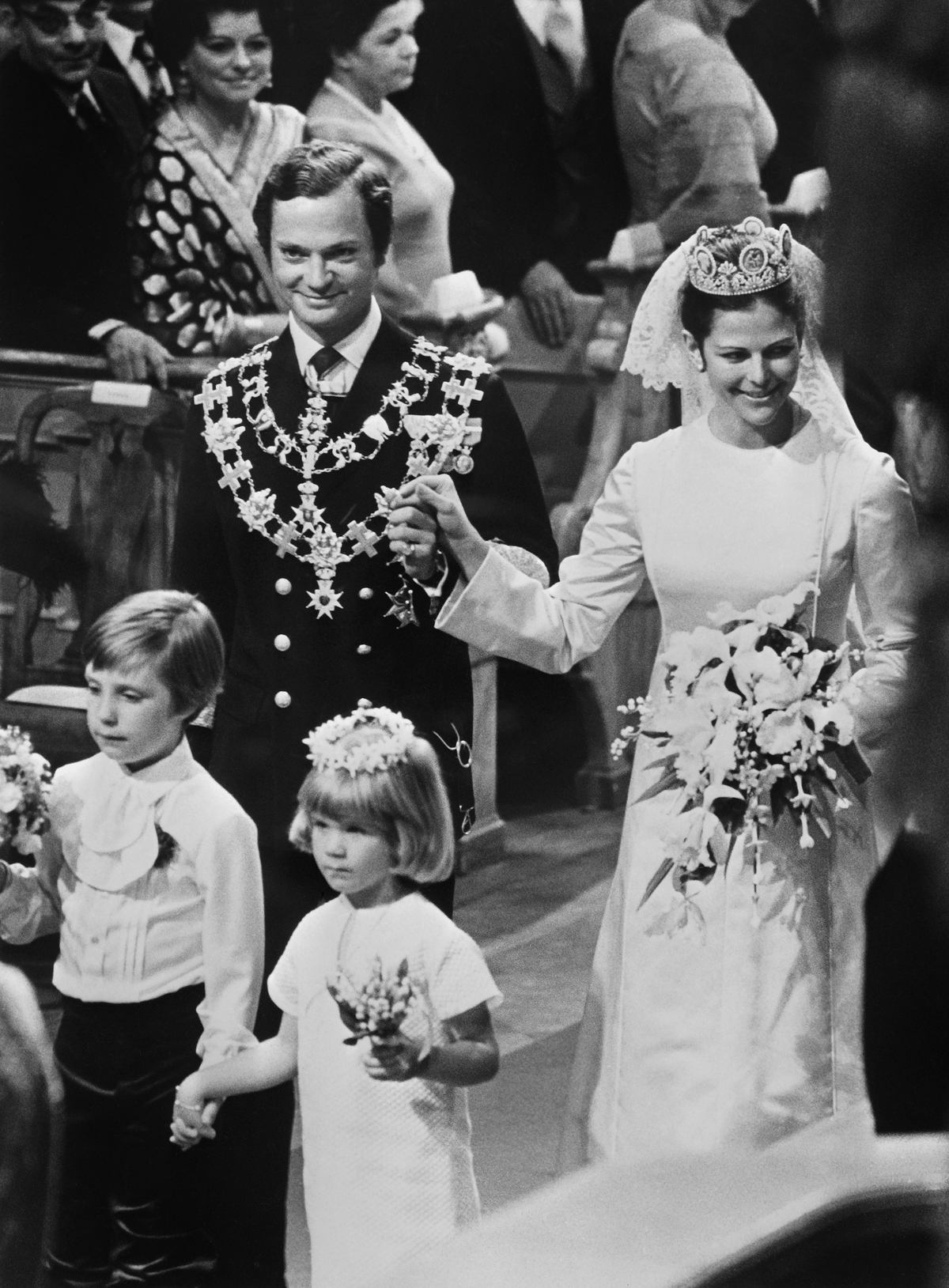
The day after her sparkling tiara debut in Stockholm, 32-year-old Silvia Sommerlath arrived at Storkyrkan to marry Sweden’s monarch, 30-year-old King Carl XVI Gustaf. The ceremony took place on June 19, 1976. The date echoed two other Swedish royal weddings: the nuptials of the future King Oscar I and Princess Josephine of Leuchtenberg on June 19, 1823, and the marriage of the future King Carl XV and Princess Louise of the Netherlands on June 19, 1850. (Carl Gustaf and Silvia’s daughter, Crown Princess Victoria, later also married her husband, Prince Daniel, on June 19, 2010.)
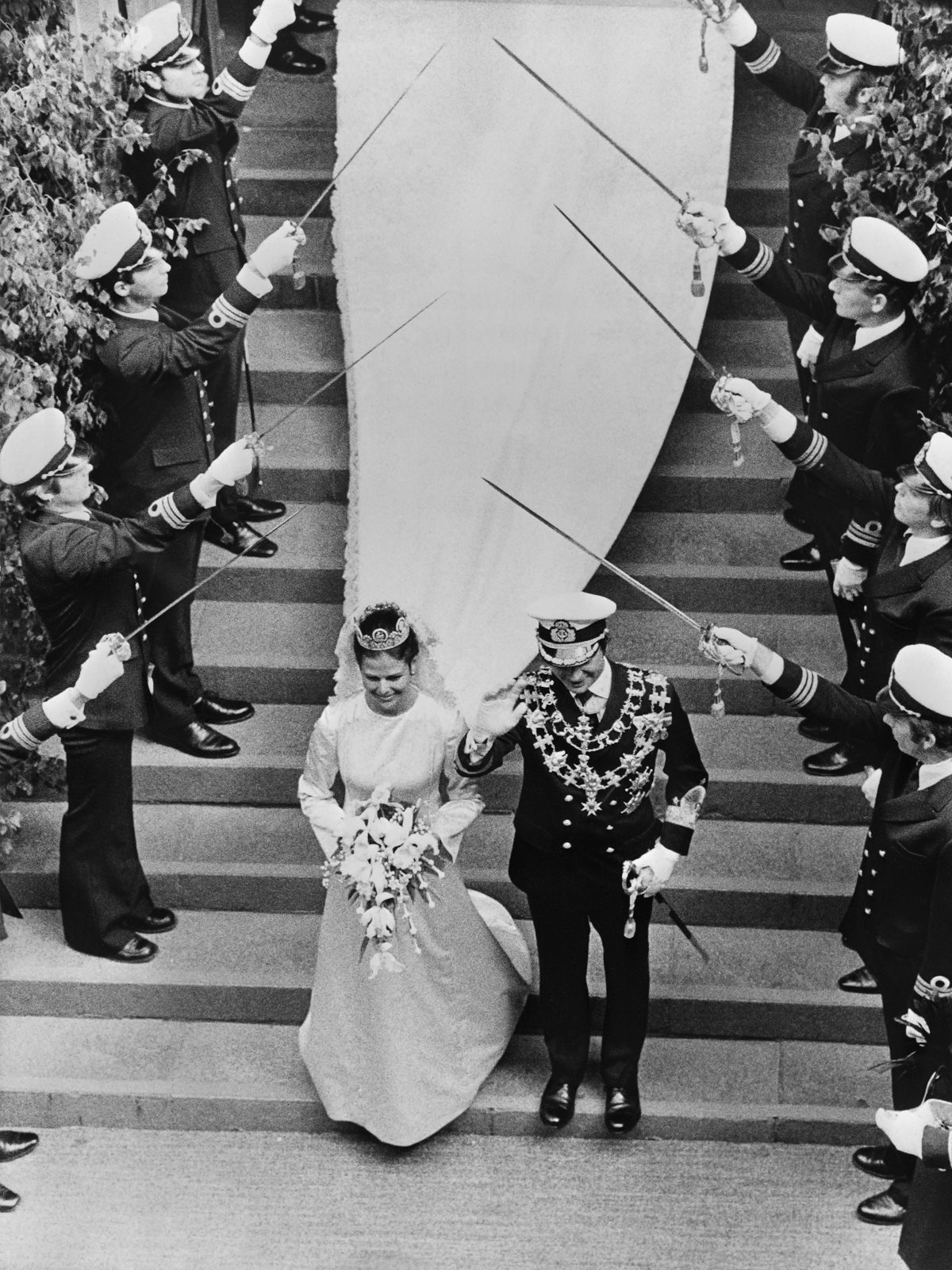
Carl Gustaf and Silvia had been dating since 1972, when they met in Munich during the Summer Olympics. During their relationship, he had dealt with the loss of his mother, Princess Sibylla, to cancer. He’d also mourned his beloved grandfather, King Gustaf VI Adolf. That death transformed the young prince into King Carl XVI Gustaf of Sweden. Now, he finally had a companion on the throne. Carl Gustaf and Silvia’s wedding was the first wedding of a reigning Swedish monarch since 1797. Forty-five minutes after the ceremony began, when the marriage was officially solemnized, Silvia Sommerlath immediately became Her Majesty The Queen of Sweden.
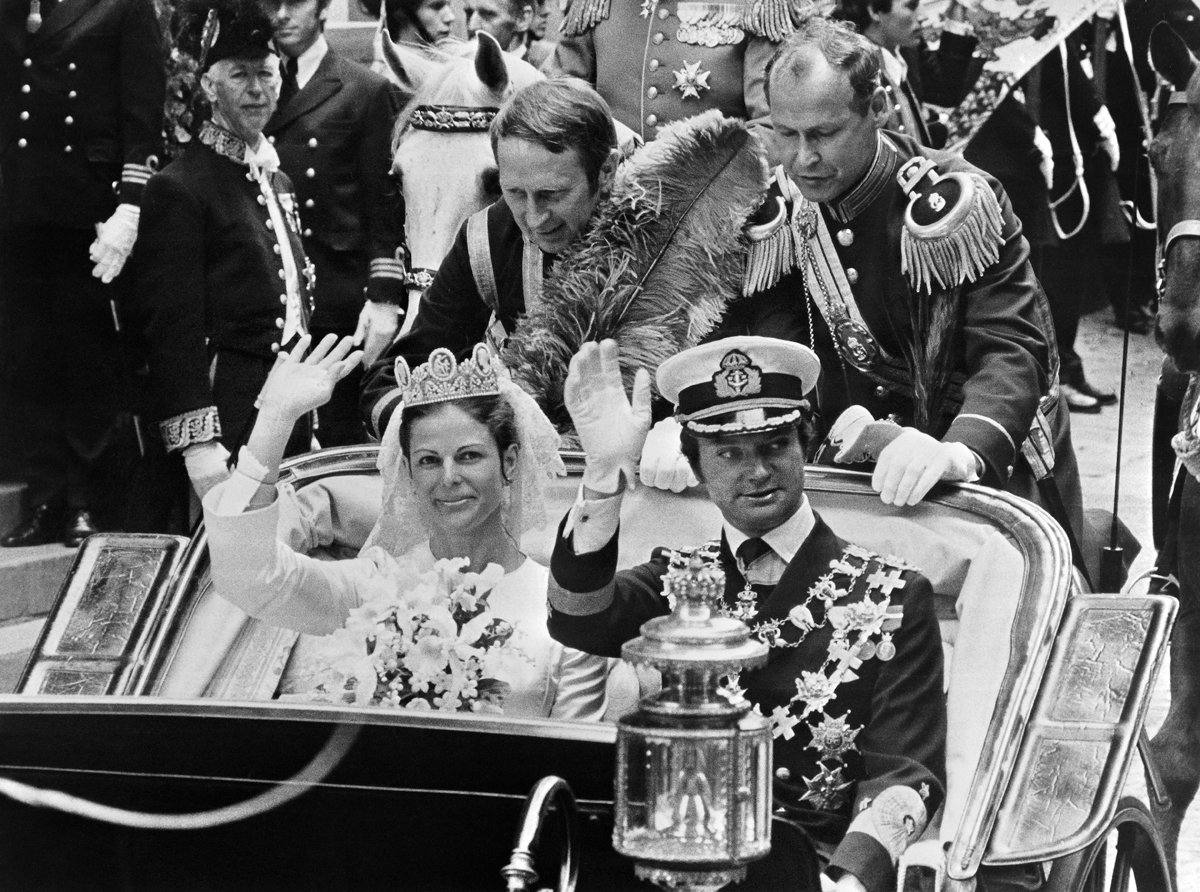
The King and his Queen processed through the streets of Stockholm in a horse-drawn carriage after the wedding, greeting the thousands of people who had gathered to wish them well.
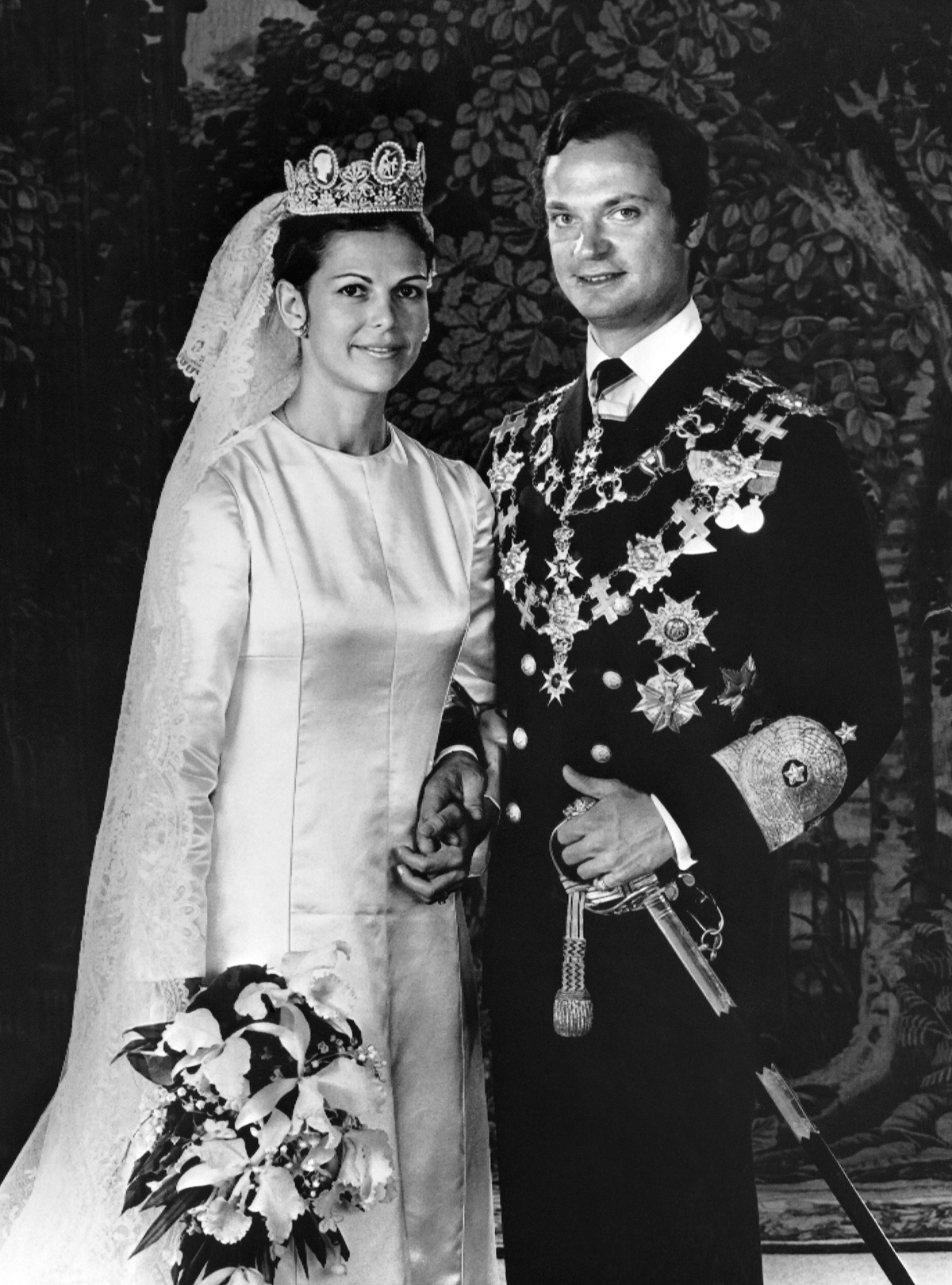
And then, they returned to the palace to continue the celebrations, pausing first to pose for their official wedding portraits.
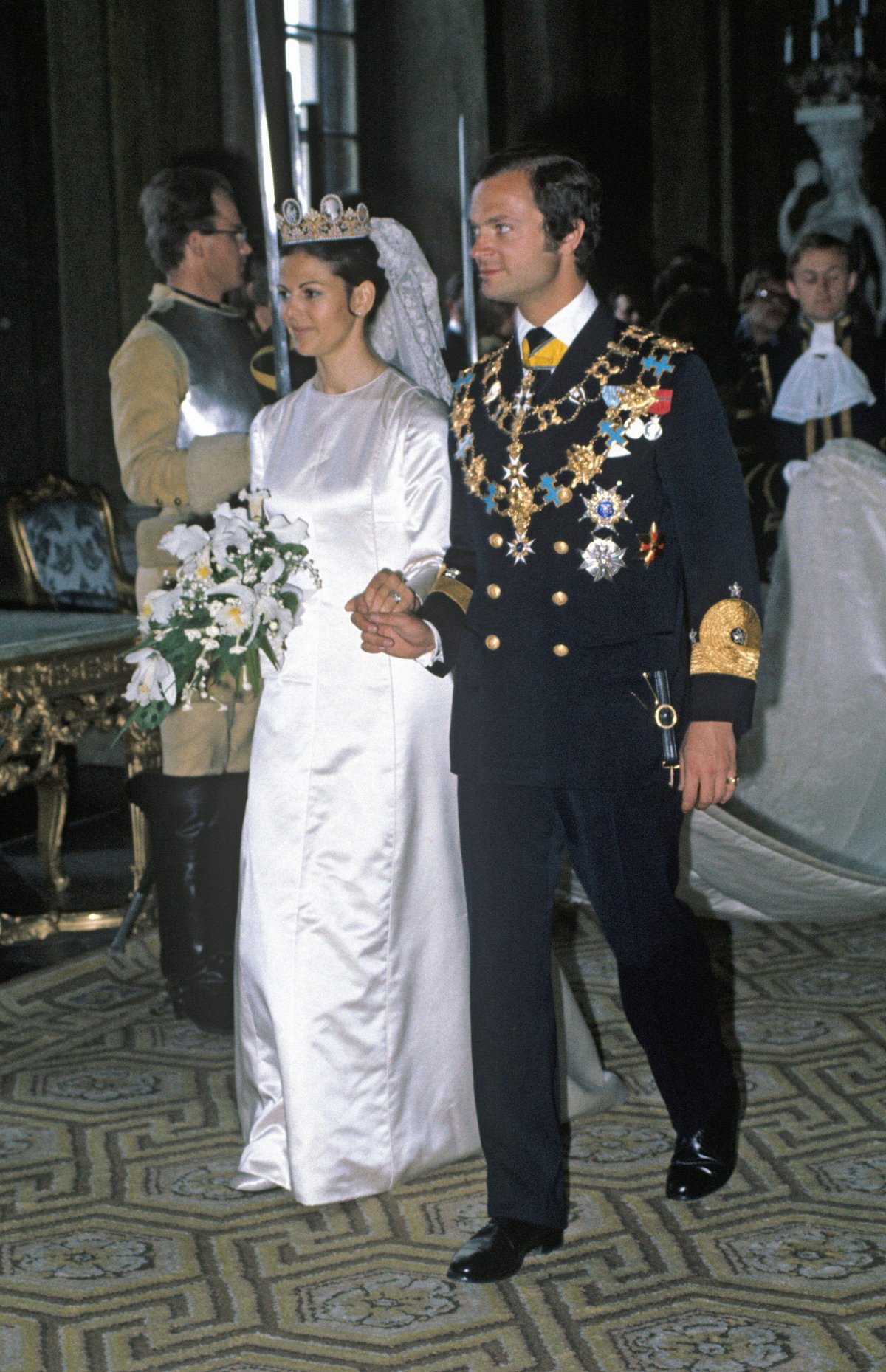
The luminous royal bride wore a gown designed by Marc Bohan, a French couturier who was then the creative director at Christian Dior. The gown featured clean, simple lines, acting as a gleaming backdrop for Silvia’s antique lace wedding veil. The veil had originally belonged to Queen Sofia of Sweden, the wife of King Oscar II, and had previously been worn as a bridal veil by Carl Gustaf’s mother, Princess Sibylla, and by his sisters.
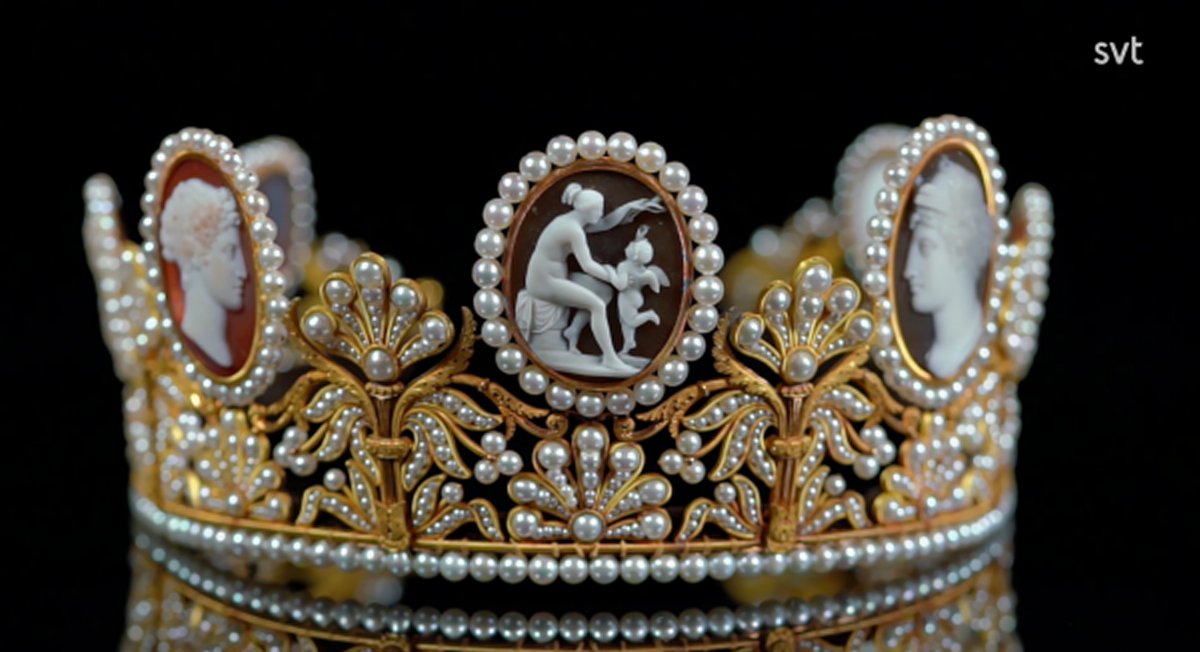
Silvia secured the wedding veil with an astonishing heirloom jewel that personally belonged to her new husband. The Cameo Tiara is part of a grand parure of jewels commissioned by Napoleon Bonaparte for his first wife, Empress Josephine, in the final years of their marriage. The suite features cameos telling stories of ancient love and desire. The set was inherited by Josephine’s descendants, coming to Sweden with her granddaughter, Princess Josephine of Leuchtenberg.
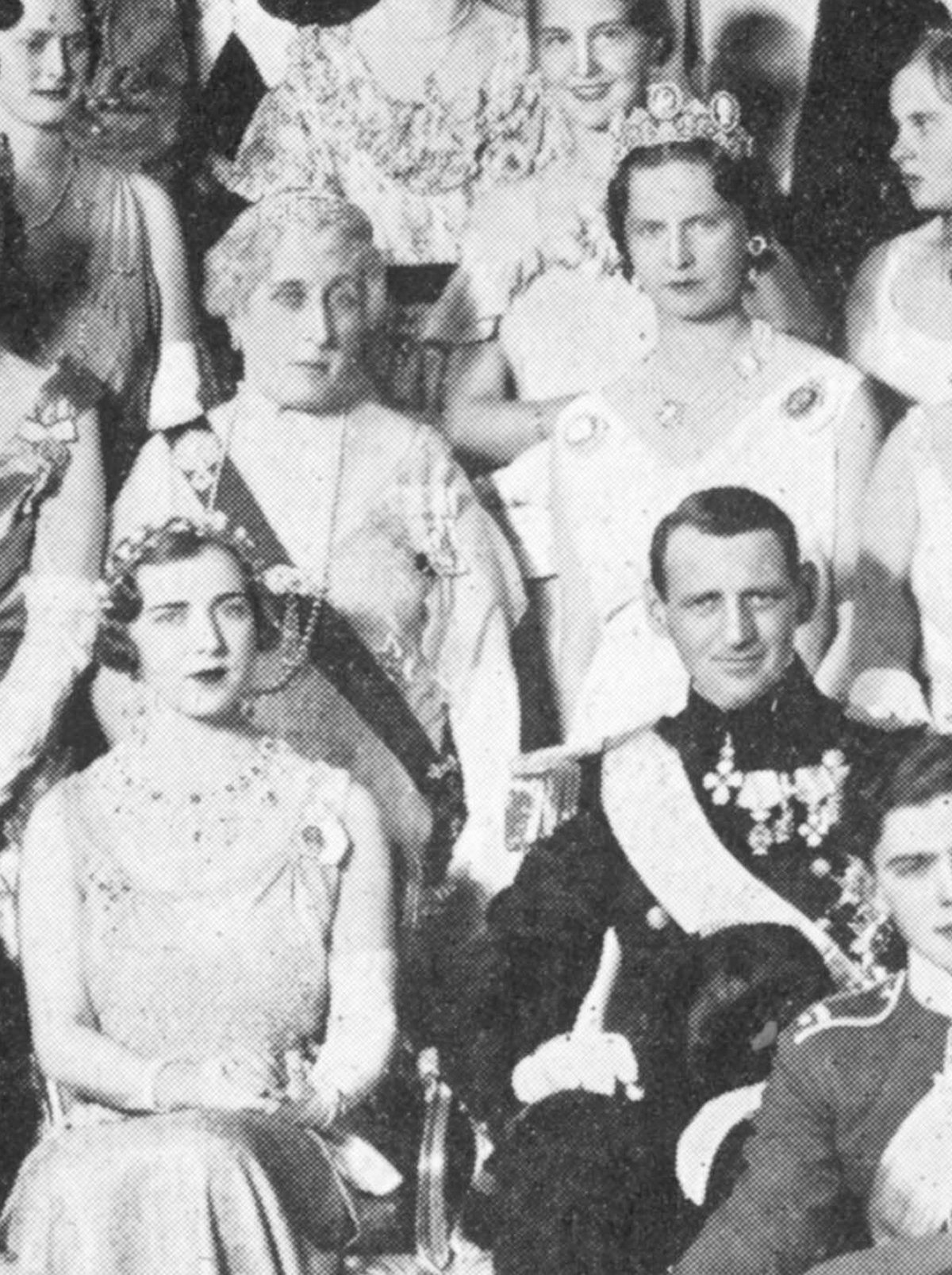
In 1932, one of Josephine’s descendants, Prince Eugen of Sweden, gave the tiara to Princess Sibylla as a wedding present. Above, Sibylla wears the tiara during the wedding celebrations for her sister-in-law, Princess Ingrid of Sweden, in 1935. Sibylla later loaned the tiara to two of her daughters, Princess Birgitta and Princess Desiree, to wear as a bridal crown.
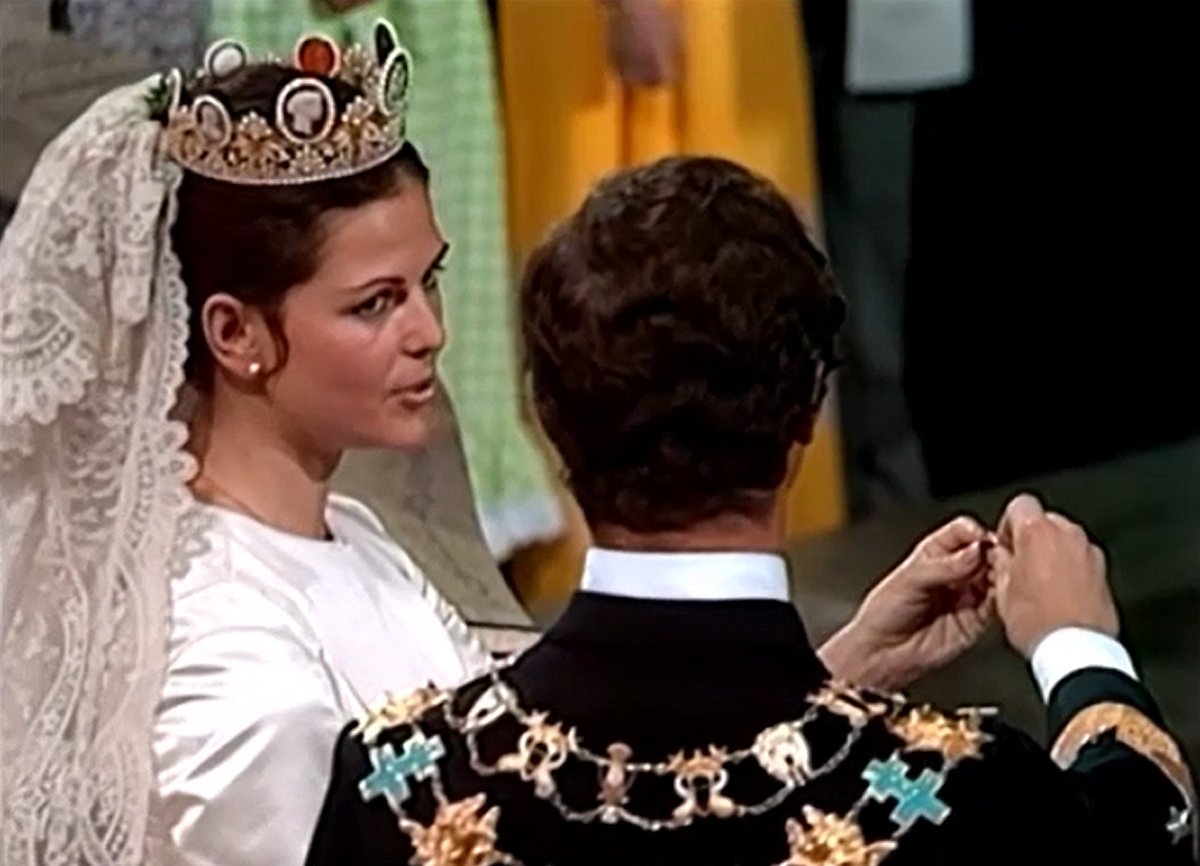
When Princess Sibylla passed away in 1972, the tiara and jewels were left to her only son, King Carl XVI Gustaf. It was his specific wish that his bride should wear his mother’s grand cameo tiara on their wedding day. Silvia agreed, in part because she liked the idea of carrying on the bridal tradition started by two of her sisters-in-law. Her hairdresser arranged the veil and the tiara on the wedding day and tucked in a traditional sprig of myrtle for luck.
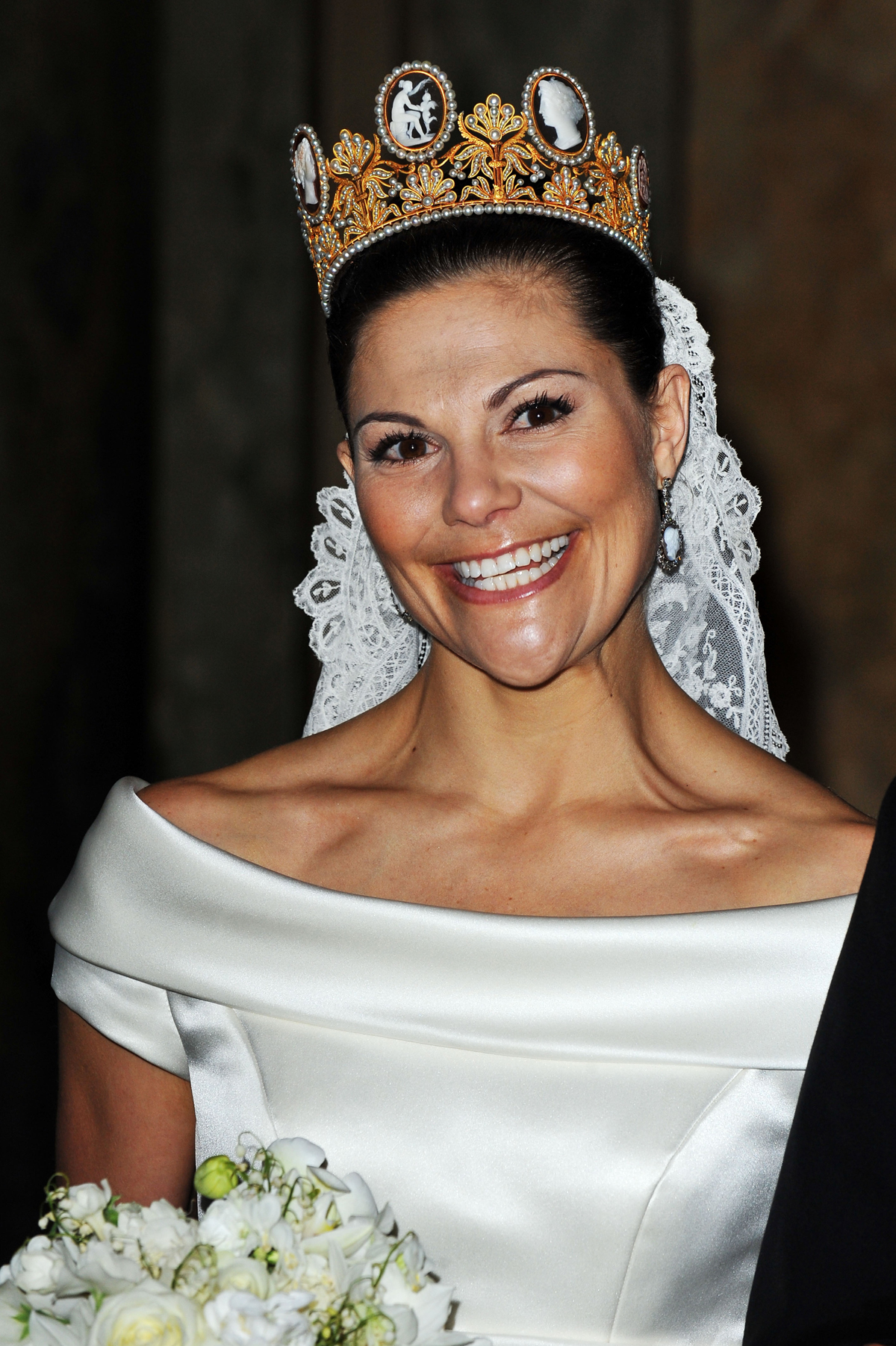
The family bridal tiara tradition continued on again on June 19, 2010, when Carl Gustaf and Silvia’s elder daughter, Crown Princess Victoria, wore the tiara on her wedding day. She wore the jewel with the same heirloom veil worn by her mother and her grandmother.
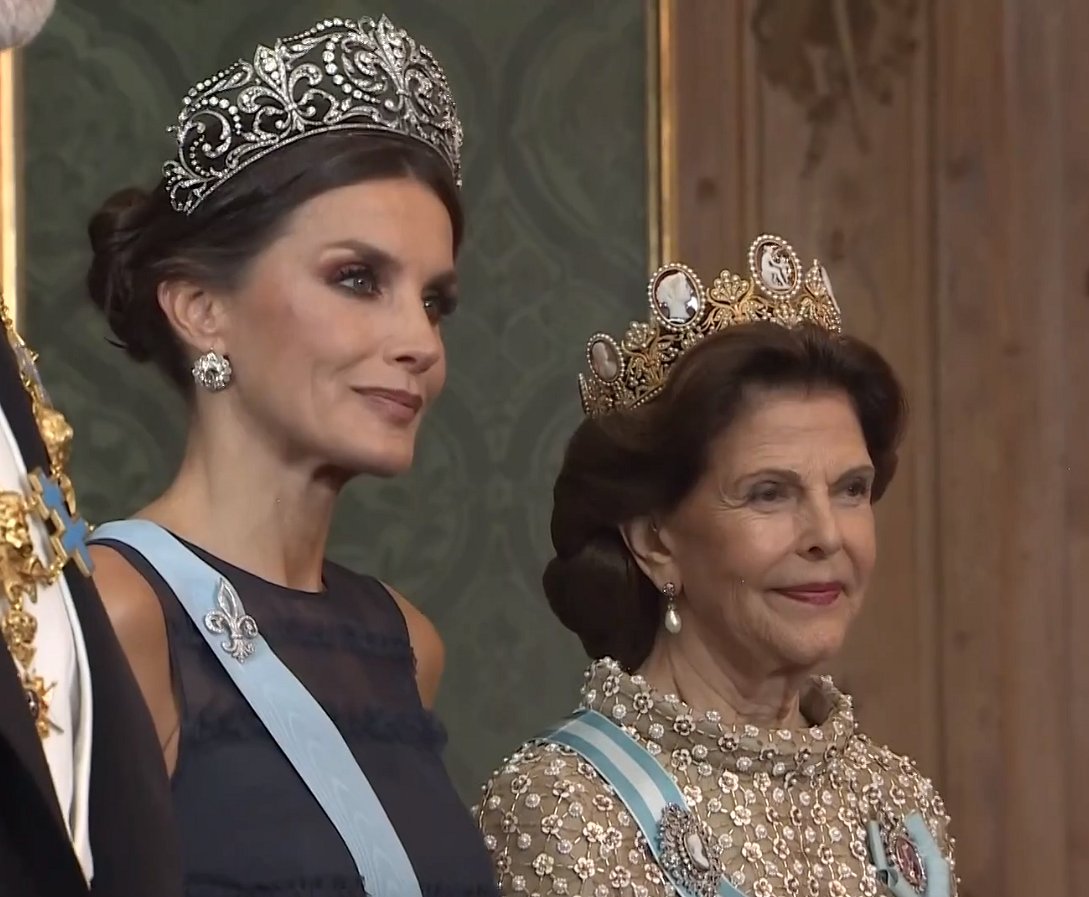
Since 1976, though, Queen Silvia has continued to be the primary wearer of the Cameo Tiara. The diadem is reportedly very fragile, but Silvia still brings it out for gala events like Nobel Prize ceremonies and state banquets—more than 200 years after it was originally made for a French empress.
Leave a Reply
You must be logged in to post a comment.